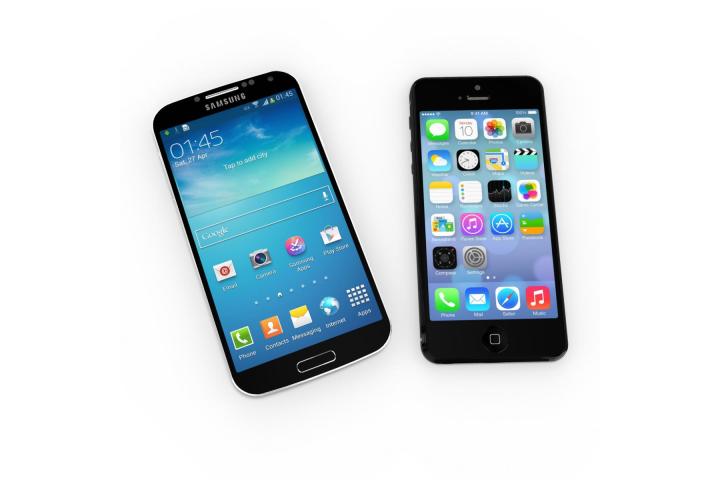
Apple is far and away the most valuable global brand of 2015, according to report from Brand Finance. The U.S. brand behind the iPhone 6 and iPhone 6 Plus is worth a record $128 billion using Brand Finance’s formula (Brand Strength Index x brand “royalty rate” x brand revenues). This is up 23 percent from its $105 billion valuation in 2014.
“That value is huge not just in its own terms but also as a proportion of Apple’s record-breaking corporate valuation,” said David Haigh, CEO of Brand Finance. “It goes to show how valuable brands are as business assets and how important it is to manage them well.”
While it’s not quite nipping at Apple’s heels, South Korea-based Samsung retained its No. 2 spot on the list with a brand value of $82 billion, up 4 percent from its $79 billion valuation last year.
Google, Microsoft and Verizon rounded out the top five spots on the Brand Finance Global 500 for 2015.
Cyanogen CEO Kirt McMaster probably doesn’t think much of this report. In a recent interview, McMaster predicted diminishing market shares for Apple and Samsung over the next 3-5 years, thanks to low-budget devices gaining steam.
“The tier-one OEMs like Samsung are going to be the next generation of Nokias in the next five years,” said McMaster. “They’re going to be slaughtered. We think long term Apple itself will have problems because they’re just not good at competing at the low end.”
Editors' Recommendations
- One of the most iconic iPhone accessories is back — and it’s great
- 5 ways the Samsung Galaxy S24 beats the Google Pixel 8
- This one Apple Fitness feature completely changed how I exercise
- An Apple insider just revealed how iOS 18’s AI features will work
- 5 phones you should buy instead of the iPhone 15

